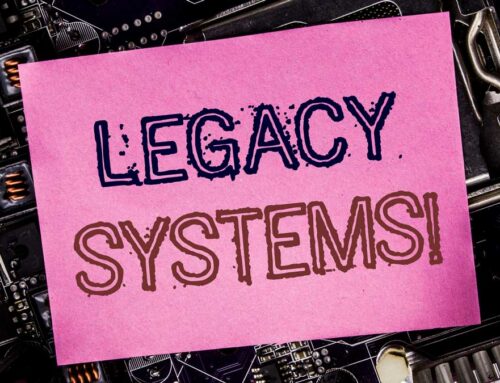
For this blog, let’s go one step further and look at how to create a change management plan that has maximum positive impact for all involved.
WIIFM?
This is the most important question people will ask when faced with any type of change: What’s in it for me? People want to understand what they can expect and how it impacts them.
If you want to create buy-in and engagement, be prepared to answer this question. Often with software or other IT implementations, people are worried about technology replacing them or some of their job functions.
Being aware of this and ready to answer their questions can help alleviate concerns and focus stakeholders on the project goals.
In the case of software or other IT implementations, explain to team members how the change will directly benefit them by increasing their efficiency or freeing them up to do other functions that require people and not systems.
Be sure to point out other added benefits, including those to the customer and end user.
Get the right people to the table
In the initial planning stages, it’s important to get the stakeholders to the table to discuss the project. This must include those doing the job most directly impacted by the change, as well the end user, just to name a few.
Getting essential information early on means greater visibility on potential roadblocks and more people to problem-solve for solutions.
Also, engaging people in the process and decision-making gives them a sense of ownership, which creates more buy-in as the project rolls out.
Create a system everyone understands
All organizations have different ways of communicating, and many departments within those organizations have their own specific jargon.
When mapping out your change management strategy, create a clear system for communicating project status and the challenges that will inevitably come up.
This could be as simple as using a green, yellow, and red light system.
During meetings, various groups involved in the implementation of the new project or system can use this to describe their current status.
For example, let’s say the marketing department is tasked with implementing a new social media strategy. During a status update meeting, the marketing representative announces that task is a red light, which means they are making no forward progress. The representative explains the reasons surrounding the issue. Then the rest of the group brainstorms and helps the marketing representative create a time-bound plan to move that task from red light to green light status.
That’s just one way you can handle inter-departmental communication during significant changes. There are many others that may be a better fit for your organization.
Whatever strategies your organization uses for change management, remember, having a plan is essential. Help connect your stakeholders to the mission of the project by answering WIIFM, getting the right people to the table, and creating a simple system to communicate.
Keep people informed and celebrate the wins along the way. Great change creates great opportunity.
No tags for this post.





Leave A Comment